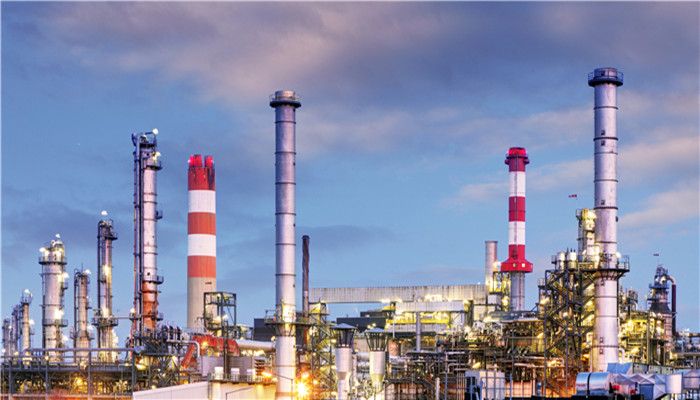
Yellow phosphorus market demand continues to grow and industry concentration is low
Yellow phosphorus, also known as white phosphorus, is an allotrope of phosphorus. It appears as a light yellow or white translucent solid. It becomes darker when exposed to light. When exposed to the air, it produces green phosphorescence and white smoke in the dark. .
The upstream of the yellow phosphorus industry chain is the supply of raw materials such as coke, silica, phosphate ore; the midstream is the production and production of products; the downstream products include phosphoric acid, phosphorus trichloride, phosphorus pentasulfide, etc., which are widely used in food, pesticides, fertilizers, medicine, Feed, lithium batteries and other fields.
From the upstream market perspective, phosphate rock is an important chemical mineral raw material and is widely used in medicine, food, pesticides and other fields. Against the background of the opening up of epidemic prevention and control policies and the gradual recovery of the national economy, my country’s phosphate rock production has gradually resumed growth driven by market demand, providing a solid foundation for the development of the yellow phosphorus industry. In 2022, my country’s phosphate rock output will exceed 108 million tons, a year-on-year increase of approximately 5%.
According to the “China Yellow Phosphorus Industry Market Supply and Demand Status and Development Trend Forecast Report 2023-2027” released by the Industrial Research Center, With the continuous development of the economy, the scale of downstream industries such as phosphate fertilizers and lithium batteries has continued to expand. In recent years, my country’s market demand for yellow phosphorus has continued to grow, and the industry has a broad consumer market. my country’s apparent demand for yellow phosphorus is approximately 530,000 tons in 2020, and will increase to approximately 850,000 tons in 2022.
Yellow phosphorus is a high-pollution, high-energy-consuming industry. Against the backdrop of my country’s increasingly severe environmental situation and the continuous advancement of the “dual-carbon” policy, new production capacity in the yellow phosphorus industry is restricted. In April 2022, six departments including the Ministry of Industry and Information Technology issued the “Guiding Opinions on Promoting High-Quality Development of the Petrochemical and Chemical Industry during the “14th Five-Year Plan””, proposing to strictly control new production capacity in refining, ammonium phosphate, yellow phosphorus and other industries, and prohibit the use of mercury in new construction of (poly)vinyl chloride production capacity and accelerate the exit of inefficient and backward production capacity.
From the perspective of import and export trade, affected by the “dual carbon” and “dual control” policies, my country’s yellow phosphorus exports have shown a sharp downward trend since 2017, from about 3,900 tons in 2017 to about 860,000 tons in 2020. Although the export volume has rebounded in the past two years, it is still at a low level. The export volume in 2022 will be about 150 tons.
At present, there are a large number of yellow phosphorus production companies in my country. Due to the diverse types of downstream products and wide range of applications, it is difficult for a single company to occupy a large market share, and the industry concentration is low. Domestic yellow phosphorus production companies mainly include Hubei Xingfa Chemical Group Co., Ltd., Yunnan Jiang Phosphorus Group Co., Ltd., Leibo Kairui Phosphorus Chemical Co., Ltd., Yunnan Nan Phosphorus Group Co., Ltd., etc.
Industry analysts said that with the continuous advancement of supply-side reform, backward production capacity in the yellow phosphorus industry has gradually withdrawn from the market, and the superimposed market demand remains at the highest level. Remaining high, my country’s yellow phosphorus prices will generally run at a high level in 2022, and the industry is booming. Domestic yellow phosphorus production enterprises need to increase investment in environmental protection, improve production processes, reduce energy consumption and pollution emissions, and promote the development of the industry in a green and sustainable direction.

 微信扫一扫打赏
微信扫一扫打赏

